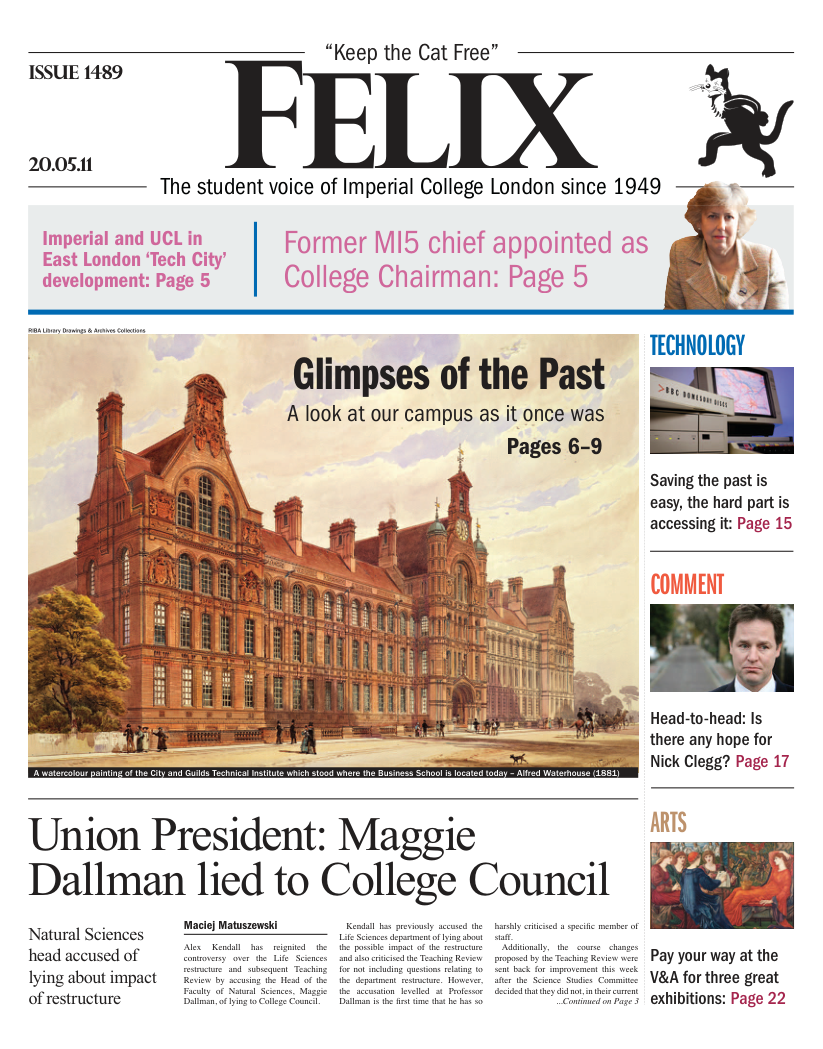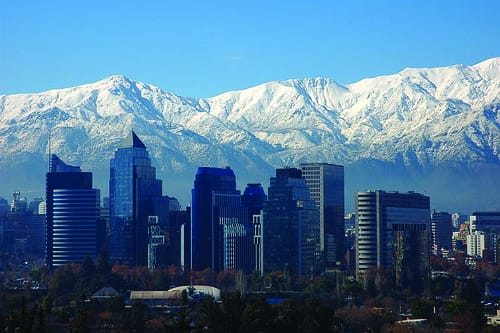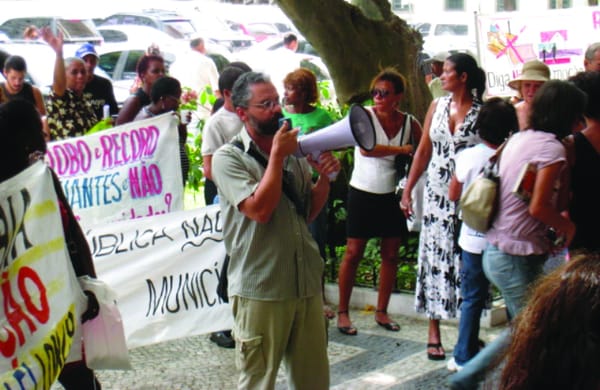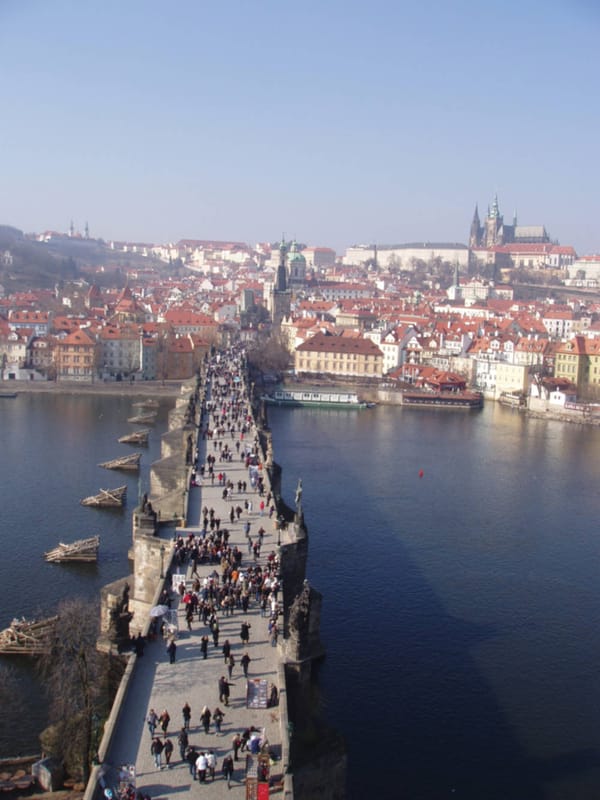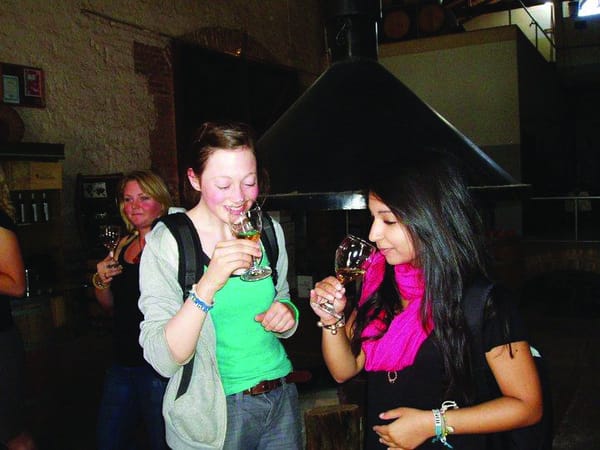Venice: a pragmatist’s guide
Venice has its charms, but more often than not the fact that I was a tourist was shoved in my face at every corner I turned
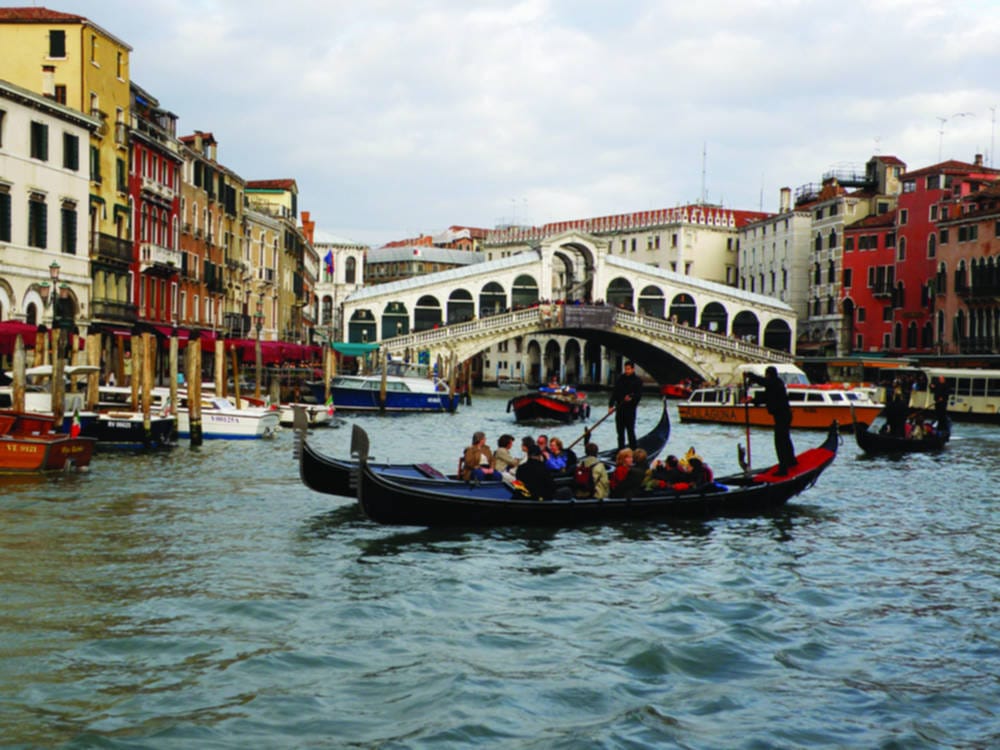
“What do you think of Venice?” I asked. “Tourist trap”, replied Dylan. When he next told me that he hadn’t even been, I decided his opinion was invalid: I wasn’t prepared to discuss the pitfalls of this dream destination, considering the countless praise it gets.
Fast forward a fortnight and I was in Venice, set to fall in love with the place. We wandered through the alleyways like tourists, but our stomachs soon needed filling and we could hardly care for Saint Mark and his lousy lion. I had attempted to clue myself up on how to eat come un italiano, or Venetian for that matter. The city is known to serve food that is sub-par and the rules are common knowledge: waiters in bow ties who tout for business are a big no-no; any restaurant advertizing the pasta dishes found in the Tesco Value range is a place best avoided; spaghetti Bolognese was designed for foreigners. Oh, and do it at the bar, not the table.
Every corner has a shop that is ready to sell ‘authentic local goods’, such as the Venetian masks made famous by the film Eyes Wide Shut, elegant marbled paper pressed onto various stationery goods and Murano glass jewellery. They don’t come cheap though, and the reality is that none of the souvenirs bought here are going to serve much purpose other than gathering dust. Simply smelling the air, feeling the aging walls of the city once home to Casanova’s reckless escapades, and savouring the tranquility of the quieter intertwining canals were far more fulfilling.
My experience wasn’t ever going to be akin to Johnny Depp’s in The Tourist, but visiting the standard tourist destinations like The Dogges’ Palace, Rialto Market and Burano Island were a must. The former boasts a few of the most breathtaking oil canvas paintings I’ve seen outside of a gallery, and the grandeur of the place during the height of its power is simply intangible. The Rialto market is an eye-opener and a place I roamed with a smile planted permanently on my face: innumerable trays of artichokes, zucchini of odd shapes and sizes and other colourful vegetables. Of course, the fishmongers dominated the place with their freshly caught fish – tuna still oozing dark blood onto the ice, ink-stained squid and crabs still scampering in their box of death. Burano Island, with its brightly painted houses and a stunning view of the Serenissima from across the water was one of the highlights of my visit.
Venice has its charms, but more often than not the fact that I was a tourist was shoved in my face at every corner I turned, a feeling I rather detested throughout the trip. It’s true that there are more tourists than locals. I probably heard more British accents in Venice than I do in London on a standard day. And maybe that’s just the cruel reality of it: everybody wants a piece of Venice.

